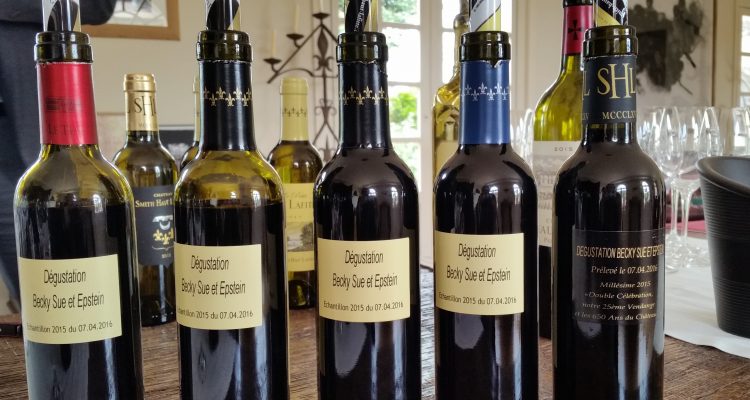The 2015 vintage in Bordeaux was striking – amazingly so. Actually stunning. In the sense that those of us who recently had early samples of the wines at the Bordeaux en primeur tastings in April were both awed and mystified by this vintage. First, because the wines were so smooth at this young age, with none of the harsh bold tannins our palates are used to encountering at this stage. And second, because we aren’t sure what this means. Will the wines peak early and then fade? Should we start drinking them when they’re released on the market next year? Is it possible that the wines will soon enter a “dumb phase” while they develop silently in their barrels and bottles for several years? Or is 2015 one of those legendary vintages where the wines smoothly continue to develop depth and complexity for decades?
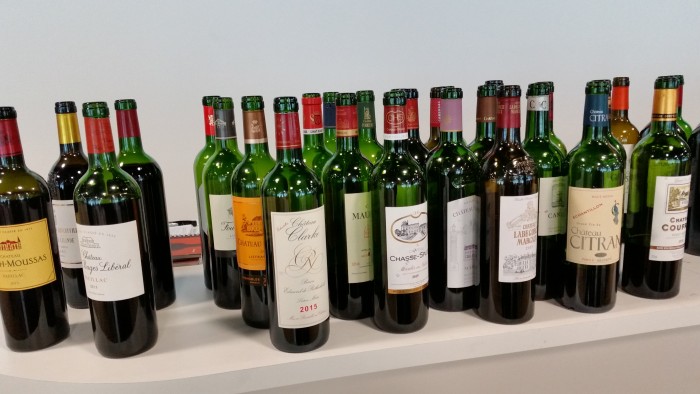 Whatever happens, I will definitely be sampling mine every year as soon as they are released. Not that I’ll be wading through bottles of Bordeaux First Growths; I am expecting to be able to afford a few of the Classed Growth second wines (along with Bordeaux Supérieur wines) from this vintage.
Whatever happens, I will definitely be sampling mine every year as soon as they are released. Not that I’ll be wading through bottles of Bordeaux First Growths; I am expecting to be able to afford a few of the Classed Growth second wines (along with Bordeaux Supérieur wines) from this vintage.
Which brings us back to the question: why 2015 is a stunning vintage? Bordeaux authority Professor Denis Dubourdieu credited the weather in his address to the journalists who attended Union des Grands Crus tastings in Bordeaux in April. The summer had been so dry, he told us, that a little rain in August “saved the vintage.” And then the perfect weather in September and October “made the vintage.”
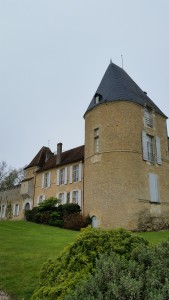
In the case of very good vintage like this, it’s tempting to try to figure out which other great vintage these wines will resemble: 2005? 2009? 2010? In fact, Dubourdieu and other experts caution against these comparisons because the weather conditions weren’t exactly the same, and the grapes did not develop in the same manner. In addition, even in the past five years, various improvements have been made both in the vineyards and in winemaking techniques in Bordeaux châteaux. In general, more châteaux are using more sustainable farming techniques, and the soil composition of the vineyards is being studied on a micro-parcel level to determine the water retention and heat retention potential of each section. So 2015 is going to be a great vintage in its own particular way.
Without getting too deep, here are some general comments about the 2015 vintage. Remember, this is only a broad overview. Starting in a favorite area of mine, Sauternes, the wines here had more of a candied citrus character than the honeyed apricot of other years. These wines may turn out to be on the lighter side: great candidates to pair with meals (instead of before or after). The white wines of Graves and Pessac-Léognan were full of floral and sweet herb aromas with flavors in mid-development somewhat lemony with nice minerality and acidity weaving through the palate and finish.
For red wines, so many people I talked with agreed that the Margaux wines are the most consistent standouts in 2015, with heady aromas, beautiful fruit and soft tannins that feel mature already: tempting to drink now.
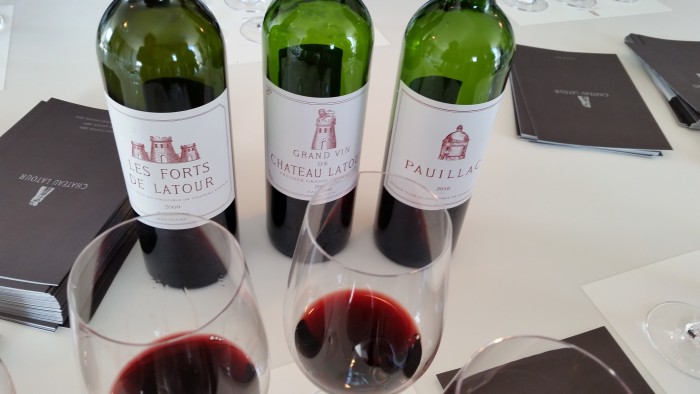 The Haut-Médoc wines tended to have great dimensional fruit on the palate, with tannins that varied from château to château.
The Haut-Médoc wines tended to have great dimensional fruit on the palate, with tannins that varied from château to château.
In Listrac and Moulis, the fruit was sweet and the tannins ranged from moderate to grippy.
Further north, the Pauillac wines had super-ripe fruit, with many showing extremely gentle tannins. The Saint – Estèphe and Saint – Julien wines were amazingly tame with none of those pine-y tannins that typify many vintages.
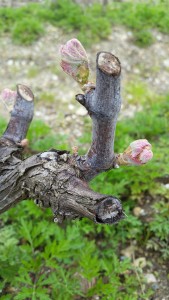
Finally, moving south and east, the Pessac-Léognan red wines were deep with hearty fruit, and some even seemed drinkable now. St.-Emilion was all over the map with some fun, easy wines and others full of grippy tannins. Pomerol had mouth-filling fruit and more moderate tannins.
For more specifics on the wines, grab me the next time you see me at a tasting…

